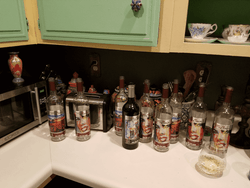Wine has been an integral part of human culture for thousands of years. It has graced the tables of emperors and peasants alike, featured in religious rituals, and remained a staple in many a celebratory feast. Among the vast array of wines available in the market, table wine stands out as one of the most approachable and versatile. In this article, we will explore the world of table wine, its differences from other wines, its regional names, history, and more.
What is Table Wine?
Table wine, which can be white, red, and pink, dry or semi-dry, refers to wine that is intended for everyday consumption. Meaning, they aren’t usually meant for special occasions or aging. It’s the kind of wine that many people might open for a casual dinner at home or when friends drop by unexpectedly.
Typically, table wines have a moderate alcohol content, usually never exceeding 14%. This makes them more palatable for many, and suitable for a variety of dishes. Their flavor profiles can vary greatly, but they are generally well-balanced. This ensures that they do not overpower the food they accompany.
Table Wine vs. Other Wines
The distinction between table wine and other wines can sometimes be a matter of terminology. However, there are some key differences:
Alcohol Content
As mentioned, table wines usually hover between 10% and 14% alcohol by volume (ABV). In contrast, fortified wines, like sherry or port, have a higher ABV, sometimes reaching up to 20%.
Aging Potential
While there are exceptions, most table wines are made to be consumed within a few years of production. On the other hand, Fine or collector’s wines can benefit from years or even decades of aging.
Price
Generally, table wines are more affordable than their premium counterparts. This is not to say that table wines lack quality. Rather, they are produced in a way that emphasizes accessibility and value.
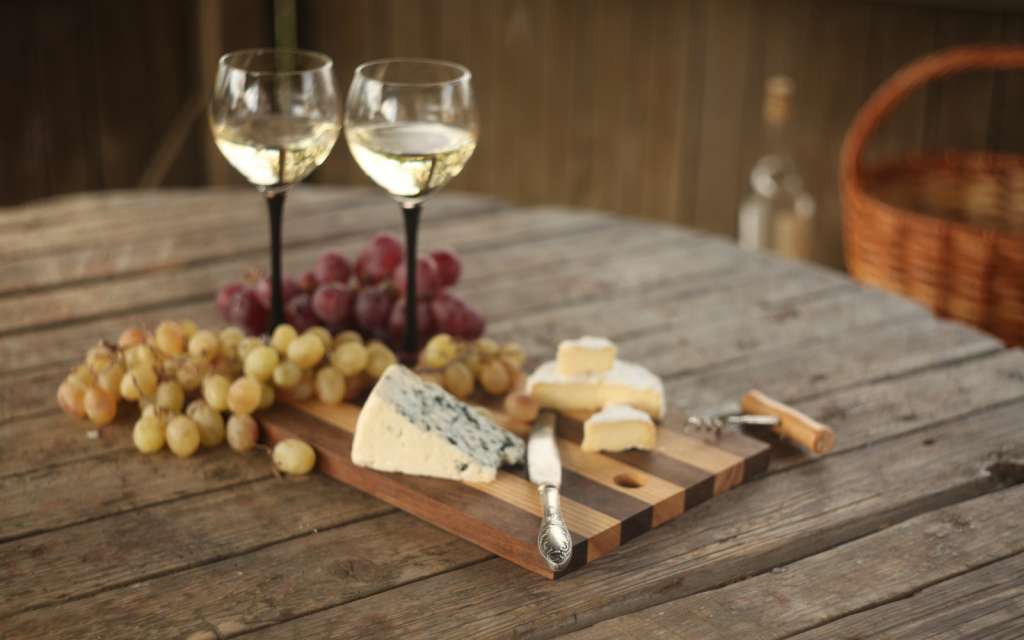
Regional Terminology
The term “table wine” might be prevalent in English-speaking countries, but many wine-producing regions have their own terms:
- France: “Vin de Table” was the term traditionally used, although it has been largely replaced by “Vin de France.”
- Italy: “Vino da Tavola” is the Italian equivalent. Still, like in France, the terminology has evolved with changing wine laws and now includes terms like “IGT” (Indicazione Geografica Tipica) for wines that fit the table wine category but have a specific geographical indication.
- Spain: Here, the term “Vino de Mesa” is used.
- Germany: The Germans refer to it as “Tafelwein.”
A Brief History of Table Wine
Wine’s history stretches back thousands of years, with ancient civilizations like the Egyptians, Greeks, and Romans. They each had their own methods and traditions of winemaking. Table wine, being a wine for the masses, has always been present in some form.
In ancient Rome, the elite indulged in fine wines from renowned regions. The common people, on the other hand, enjoyed simpler, more accessible wines. They could very well have been the ancient equivalent of today’s table wines.
The concept of everyday wine carried through the Middle Ages, with monasteries playing a pivotal role in preserving and enhancing winemaking techniques. As we moved into the modern era, with advancements in transportation and bottling, table wine became even more widespread and accessible.
Examples of Table Wine
Table wines are typically light wines that can be enjoyed by almost any guest sitting at your table. That said, the idea of table wine has become more subjective over time. Thus, you’ll not often hear this term at higher-end restaurants. Here are a few of our wine suggestions that appeal to both, beginner wine enthusiasts to wine connoisseurs. They also are very versatile in what dishes they can be paired with.
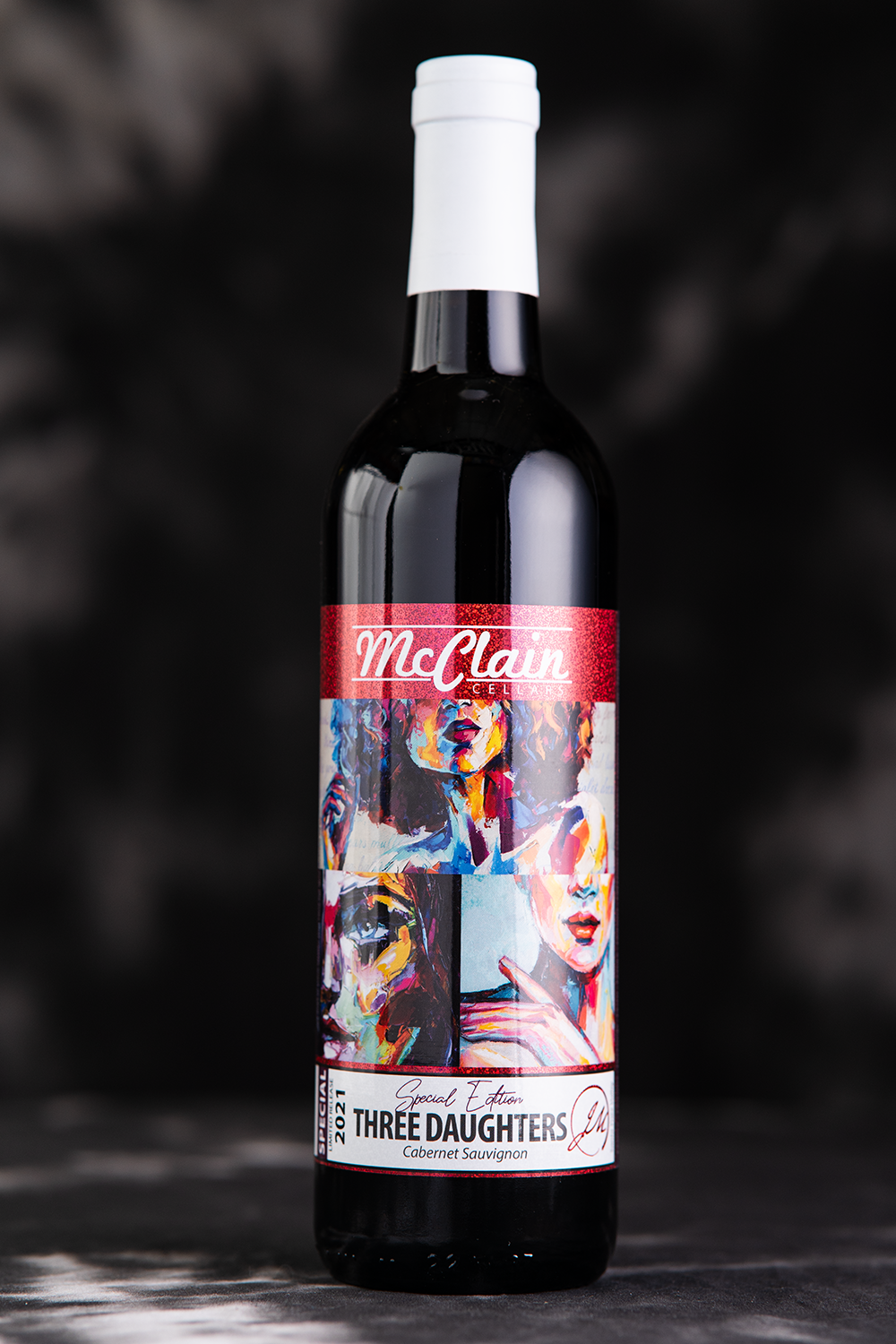
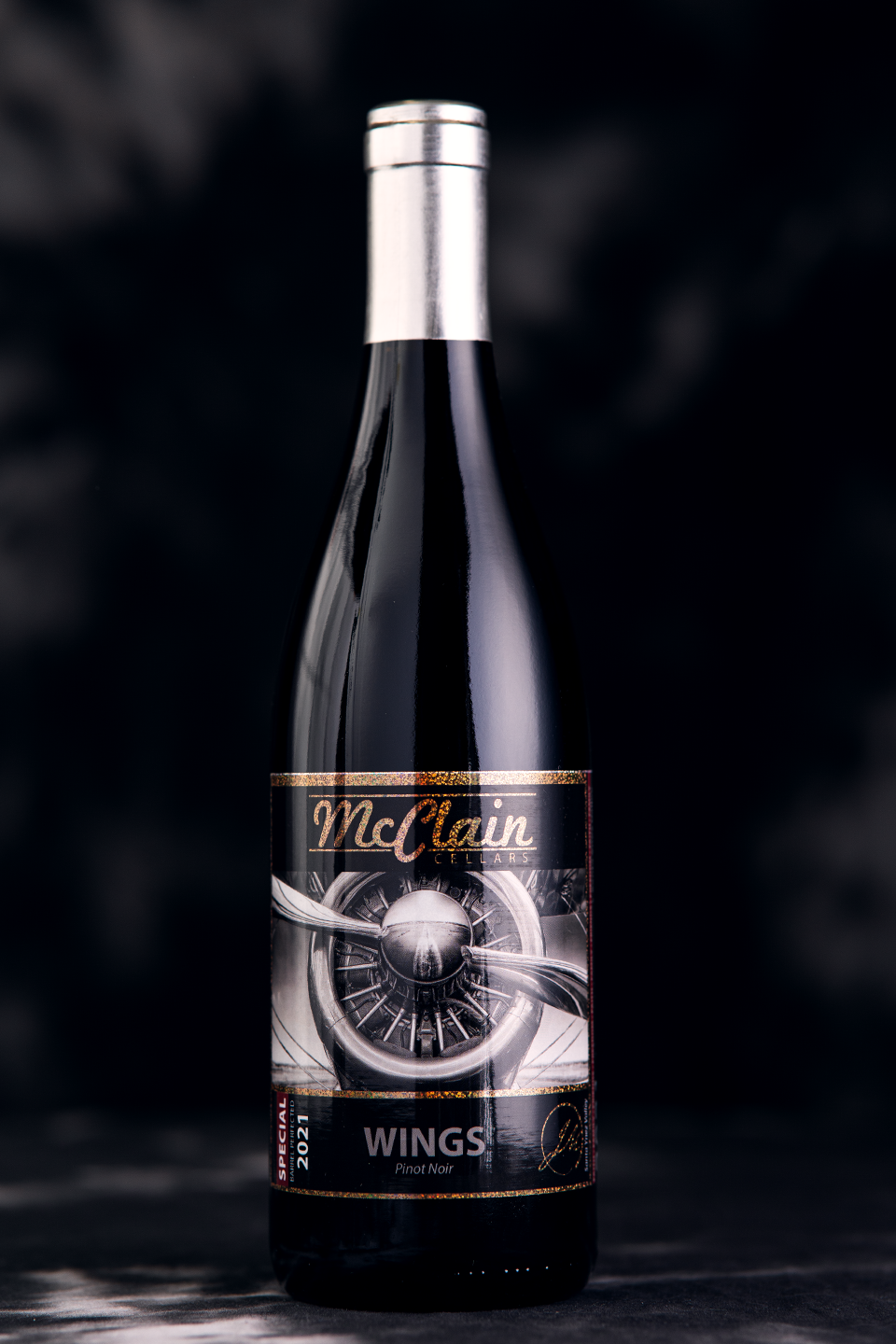
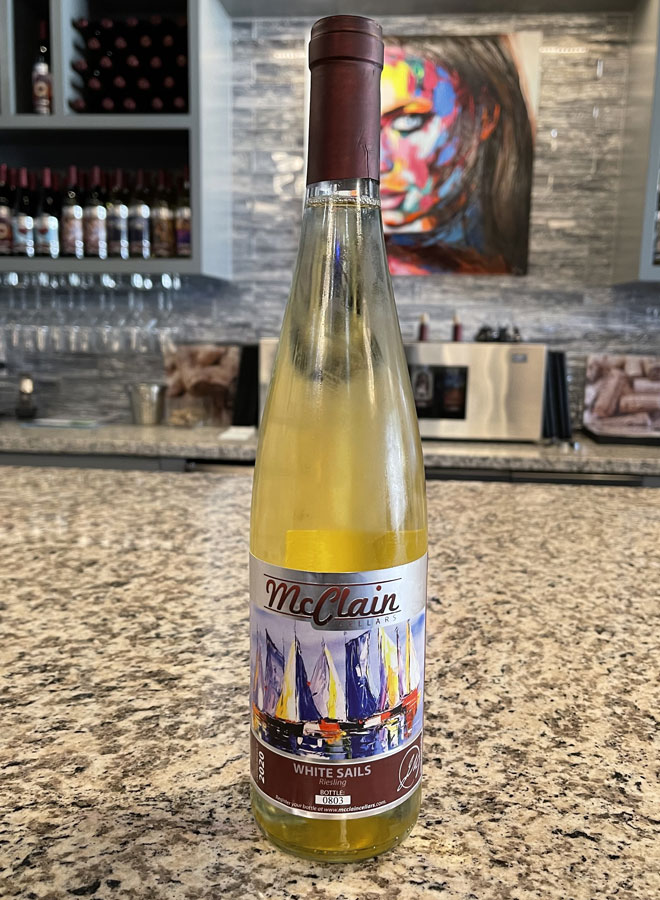
Table wine, with its rich history and universal appeal, reminds us that wine need not be intimidating or exclusive. It is the very essence of what wine is meant to be: a beverage to be enjoyed with food, friends, and family. Whether you’re sipping a Vin de France in Paris, a Vino da Tavola in Rome, or a simple table wine in your own home, remember that it’s not just about the wine itself, but the experience and the memories it helps create.





